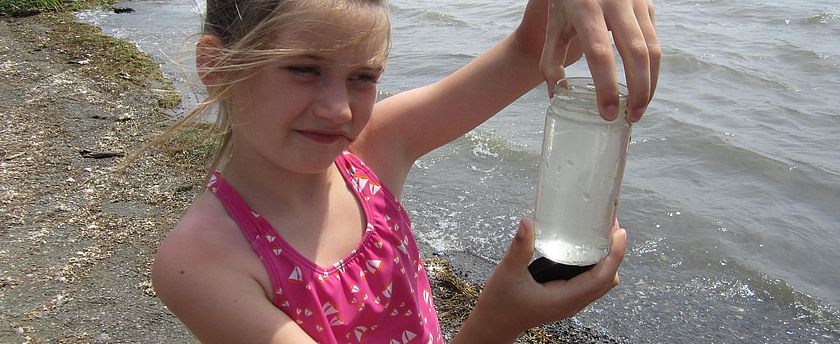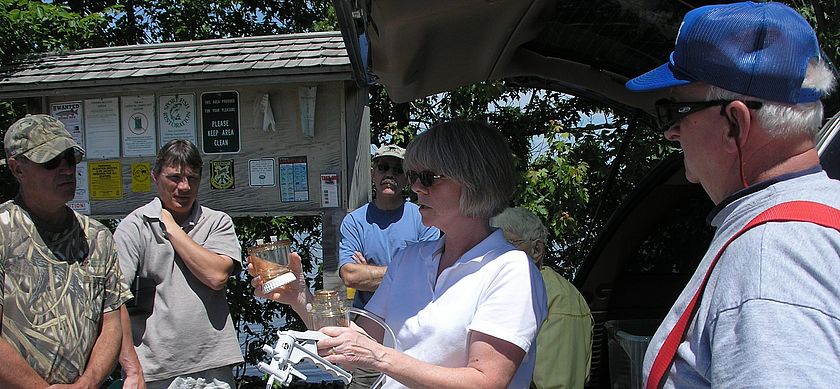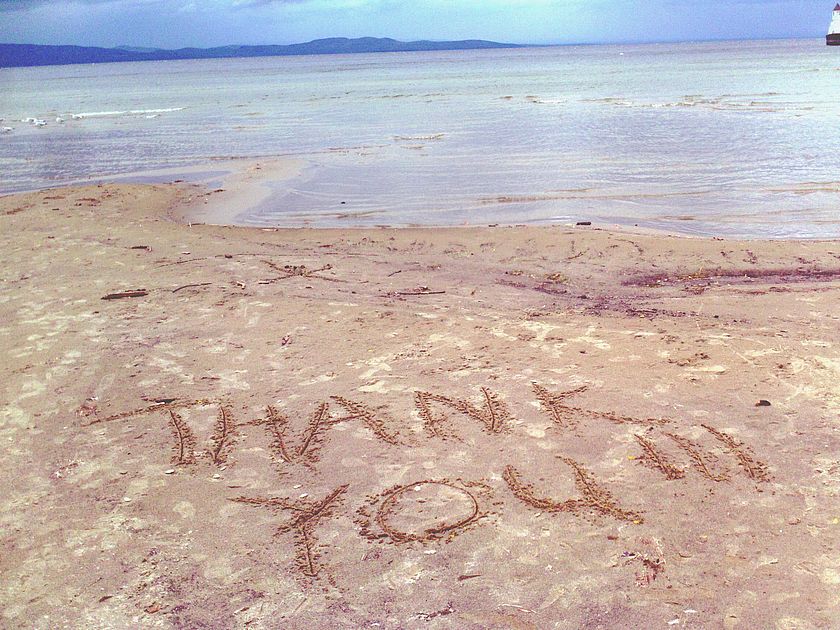
Cyanobacteria Monitors
Each summer LCC trains and oversees citizen monitors to report on cyanobacteria conditions in their area. This program provides critical data on where and when blooms are happening and helps inform public health officials as to whether the water is safe for swimming. In 2012 our volunteers began submitting observations of conditions rather than collecting water samples. This has allowed us to expand the program over a broader swathe of the lake without increasing costs, and it avoids volunteer contact with the cyanobacteria blooms themselves.
LCC trains volunteer monitors to distinguish cyanobacteria, sometimes called blue-green algae, from other floating phenomena, know what to do if a bloom occurs, understand cyanobacteria's ecological and health effects, and take actions to reduce the frequency of blooms. Volunteers commit to report on water conditions from the same site once per week from mid-June through mid-fall if possible. (Cyanobacteria blooms are occurring later in the year so we are looking for monitors who can continue assessing conditions into late October if possible.) Repeatedly visiting the same location throughout the season provides a more accurate picture of water conditions. Volunteers submit observations via LCC's online form and this information is compiled on the cyanobacteria tracker map housed at the Vermont Department of Health. If you are interested in being a volunteer monitor or supporting this program, please fill out our cyanobacteria training form or email or call the LCC office at (802) 658-1414.

In 2011 the program received the Citizen Scientist Green Mountain Environmental Award. The awards were created by ECHO, Leahy Center for Lake Champlain and FreePressMedia to recognize environmental stewards and initiatives that have shaped, inspired, encouraged and supported successful and long-term leadership of Vermont’s rich and diverse natural environment.

